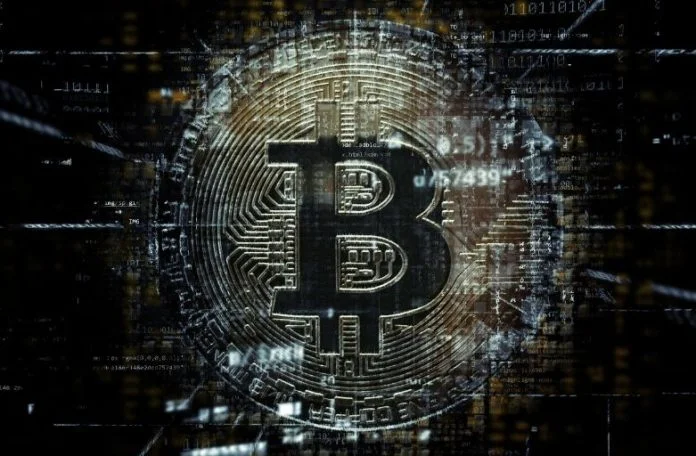Blockchain and machine learning are both modern technologies that have materialized in the last decade.
Machine learning gives the computer the ability to learn over time without being repeatedly programmed and without any human intervention.
For a layman, ML primarily makes decisions without human help, thus making machines more autonomous.
It is one of the most interesting technologies to come across as it gives the machine the ability to learn, which makes machines more similar to humans.
On the other hand, blockchain’s primary function is to secure transactions between participants.
This is a vital step as it helps to eradicate middlemen who try to make money off every transaction we’re involved in, like governments and banks.
How both these technologies can help each other will be interesting to see. We can even see some groundbreaking innovations.
As revolutionary as they are already, Blockchain and AI have the potential to be much more revolutionary when combined together.
Both can augment each other’s capabilities as well as improve levels of transparency, trust, and communication.
How machine learning and Blockchain will combine
Machine learning is a technology that relies on extensive quantities of data for model building and accurate prediction.
A lot of time is invested in collecting, organizing, and auditing this data for accuracy. This is where blockchain comes into play as the time taken can be considerably decreased by using blockchain technology.
By using smart contracts in this case, data can be transferred directly and securely.
For example, a machine-learning model for self-driving cars would require hundreds of Terabytes of actual car-driving data.
Traditionally, using different trackers, all of the data, like fuel consumption, driving speeds, and breaks, would be collected.
Then, it would be sent for processing, where auditors would analyze the data to make it authentic and free of any discrepancies before sending it to data scientists for processing.
However, smart contracts, by using digital signatures, could considerably improve the whole process.
To ensure the security of the data collected, using blockchain technology, smart contracts can be programmed to send the data directly from the car driver to data scientists who will use the data to build machine learning models.
This means that this fusion of machine learning and blockchain technology can be a game-changer for numerous other technologies as it can help in the creation of a marketplace for data research.
Similarly, industries like finance and insurance have a lot to gain from this amalgamation because together they can be used in designing tools for identification and prevention of fraud.
Using machine learning, supply chain solutions can be improved and billions of dollars can be saved every year by reducing theft and wastage.
Benefits of ML and Blockchain when combined
“When put together, the two complement and enhance each other, and it is up to entrepreneurs to explore ways to implement the two, to gain the benefits of deeper insights, greater efficiency, and accountability.”
Let’s see how a combination of ML and blockchain can be used for the benefit of an organization.
-
Enhancing security
Data in a blockchain is well-secured thanks to implicit encryption. Blockchain is perfect for the storage of highly sensitive personal data like personalized recommendations or medical notes.
There’s another angle to security improvements. While the blockchain is secure at its base, applications and additional layers can be vulnerable.
ML will help in predicting possible system breaches and the deployment of blockchain apps.
-
Managing the data market
Big companies like Google, Facebook, and Amazon have access to large pools of data that could be handy for AI processes, but all of this data is unavailable to others.
With the help of a blockchain, startups, and small companies can challenge these giants by accessing the same pool of data and even the same AI.
-
Optimizing energy consumption
Data mining, being a very energy-consuming process, is one of the major struggles of the modern world. However, Google has proven that MI can deal with concerns.
By training the DeepMind AI, they have managed to decrease the energy consumption used for cooling their data centers by 40%.
A similar principle can be used for mining which will lead to lowered prices for mining hardware.
Applications of ML and Blockchain
-
Automation in Manufacturing
As a part of the manufacturing procedure, companies are now relying on smart contracts and Bitcoin blockchain-based processes to enable transparency, production, security, and compliance checks.
Instead of planning traditional fixed machine maintenance schedules, machine learning’s predictive algorithms are being used to design flexible plans.
Product testing and quality control also have progressively become automated.
-
Food and Logistics
ML and Blockchain are progressively reducing end-to-end supply chain challenges in the food industry by enabling transparency and accuracy.
With blockchain coming into play, tracing food sources and management of related financial transactions has become possible.
Recently, IBM collaborated with Twiga Foods and launched a blockchain-based microfinancing strategy for food vendors.
But the mission wouldn’t have been accomplished without the application of ML techniques.
IBM scientists purchase data from mobile devices, analyze and then implement ML algorithms to determine credit scores & predict creditworthiness.
-
Energy and Utilities
In the Energy and Utilities industry, blockchain is helping facilitate energy exchanges.
For example, IOTA, an energy-based company has recently implemented blockchain energy production and consumption in a peer-to-peer fashion.
Smart energy microgrids are also increasingly becoming a popular way of creating sustainable energy resources. LO3 Energy, a NY-based company, is also using blockchain-based innovation to enable energy generation, conservation, and trading for local communities.
Conclusion
Blockchain & ML perfectly complement each other and very much are the two pillars on which future innovations are to be built.
Together, these two are bound to make ground-breaking innovations in the near future while also making our presence more secure.
Recommended For You:

